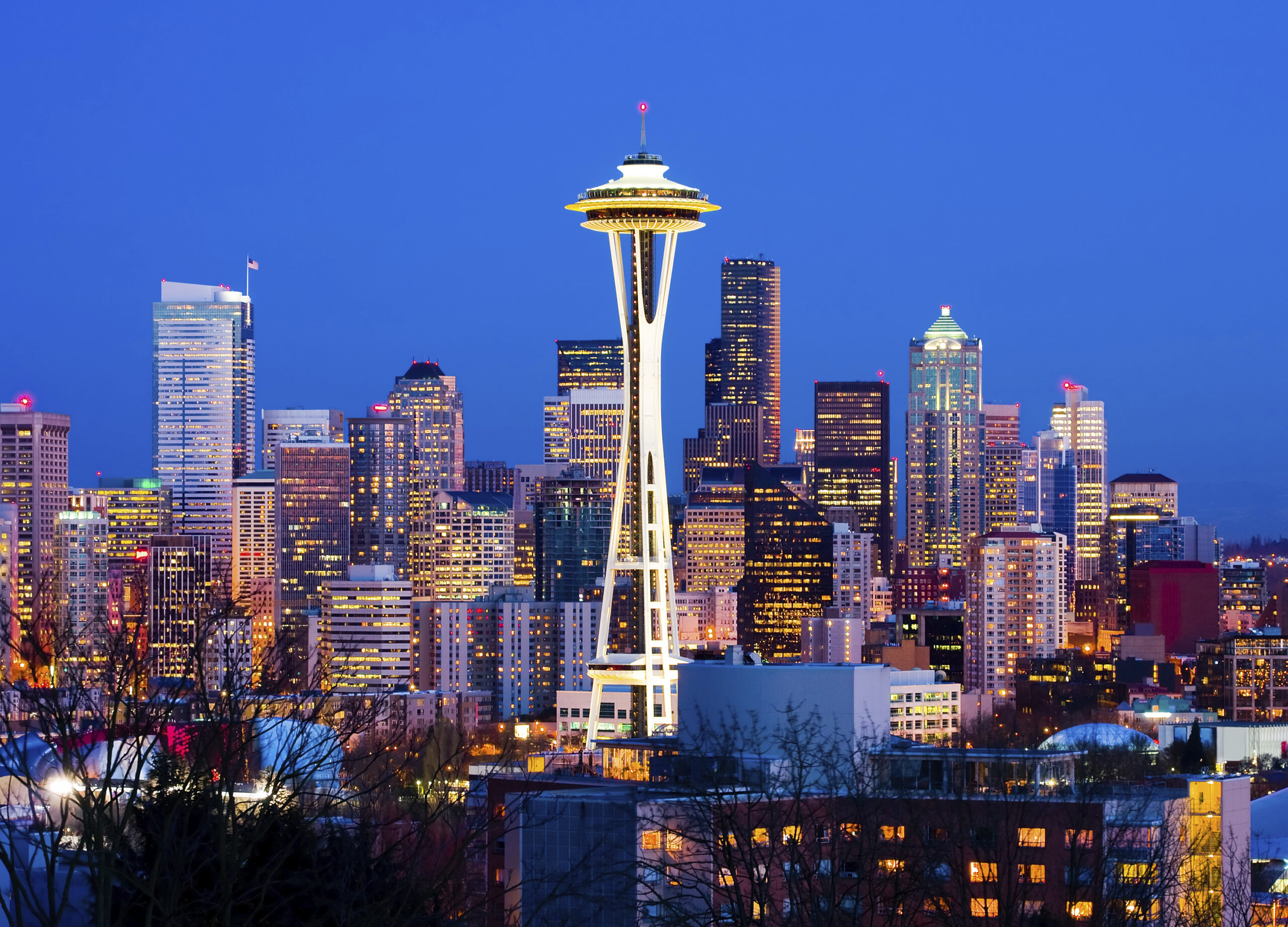
The pilot will be part of the forthcoming One Seattle Safety Framework and comes after extensive public outreach and five Community Safety Forums where residents shared their ideas and concerns about safety in their neighborhoods.
Seattle – Today, Mayor Bruce Harrell announced the next steps for the proposed Crime Prevention Technology pilot as one component to an overall One Seattle Safety Framework to ensure everyone in every neighborhood is safe and feels safe. The pilot will deploy closed-circuit television (CCTV) cameras in three targeted neighborhoods that suffer from a disproportionate amount of criminal activity: Aurora Avenue North, the downtown Third Avenue corridor, and the Chinatown-International District (CID). The pilot program also introduces new real-time crime center (RTCC) software technologies integrating multiple data sources for improved analysis and investigations.
“Seattle needs more options in our public safety toolkit, and this pilot will add proven, evidence-based solutions and technologies to help communities,” said Mayor Bruce Harrell. “We are proposing smart investments in targeted neighborhoods of the city where we can – and must – do more to address gun violence, human trafficking, and other persistent felony crimes. This package balances the need for action, expert advice, and the City’s budget reality to make a positive impact today and prepare us to do more in the future.”
Following a robust public engagement, research review, and cost analysis process, the City will prioritize two new technologies – CCTV and RTCC – as well as an expansion of Automated License Plate Readers (ALPR). The combination of CCTV and RTCC will help provide near-term improvements to deter crime with public awareness of the cameras, address serious crimes, and collect evidence in the pilot areas to hold offenders accountable. The expansion of ALPR from its current use in 11 vehicles to all police vehicles with dashcams will also help solve active investigations, find missing persons, and recover lost or stolen vehicles. Police see a strong link between gun violence in the city and stolen vehicles. Through May 23 this year, gun violence incidents have increased 13.4% compared to the same period last year, from 246 to 279 verified events.
“Adding more crime prevention tools to areas of the city that have called out for more public safety measures is a welcome step,” said Jon Scholes, President and CEO, Downtown Seattle Association. “The ability to respond faster or increase efficiencies is especially important as the department tries to remedy severely depleted staffing levels.”
Last fall, the City Council approved $1,800,000 to deploy crime prevention technologies in select neighborhoods. Now that more specific cost estimates have been received, only the CCTV and RTCC technologies will be implemented at this time. The acoustic gunshot locator system (AGLS) will not advance.
The CCTV and RTCC technologies will be paired with a comprehensive crime-prevention approach, including increased police patrols, continued investments in community-based initiatives, and enhanced lighting and cleaning at specific locations where crime is concentrated. This pilot project will help ensure neighborhoods see the biggest positive impact while responsibly working within the City’s projected budget deficit.
“Putting the Technology Assisted Pilot program in the CID will be a great test for the City, as well as a great benefit to the CID,” said Gary Lee, Chinatown-International District Public Safety Council Co-Chair. “Due to the density of offices, businesses, residents and the boundaries (geographic shape) of the CID, and the characteristic of the CID being a small, self-contained city in itself with multiple parks, gathering spaces, as well as concealed and no-so-visible spaces, the test data will have foreseeable benefits and invaluable to the CID community.”
The City has completed Surveillance Impact Reports (SIR) for the CCTV and RTCC technologies and will share them with the Community Surveillance Working Group for review as required by the City’s surveillance ordinance. The City’s public engagement and input process included two citywide public meetings, 15 neighborhood meetings, and feedback from organizations such as the NAACP, ACLU, and advisory groups from the pilot areas, which resulted in over 1,000 public comments being received. The six Community Safety Forums held across the city over the past month have also included opportunities for public comment on using the technologies. The original SIR for the ALPR technology was first approved by the City Council in 2021, and the expansion proposal is currently being reviewed by the Council.
The City’s Office of Inspector General for Public Safety will retain outside academic subject matter experts to develop and manage an implementation and evaluation plan related to the use of the technologies to ensure they are effective and deliver the expected results. The first part of the evaluation will likely be completed after year one of the pilot, and the final evaluation after year two.
Read more about Mayor Harrell’s vision for the Safety Framework here.